Authorship must be demonstrated
A person who claims to be a copyright holder must ‘provide any reasonably available evidence enabling the court to satisfy itself with a sufficient degree of certainty that the applicant is the rightholder’.
This was decided by the Court of Justice of the EU on 27 April 2023 in a Polish case against Castorama Polska and Knor over posters with ‘simple graphics, consisting of a limited number of colours, geometric figures and short sentences’ (see images).
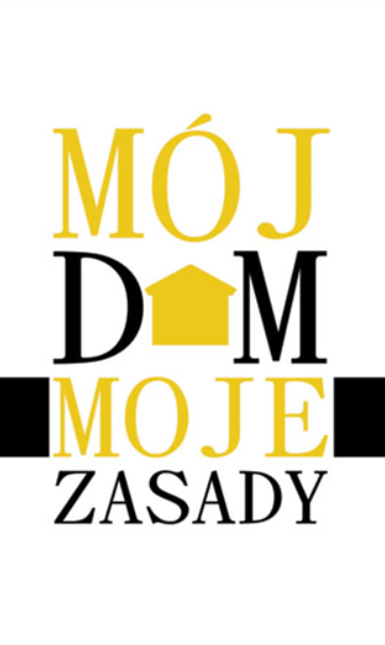

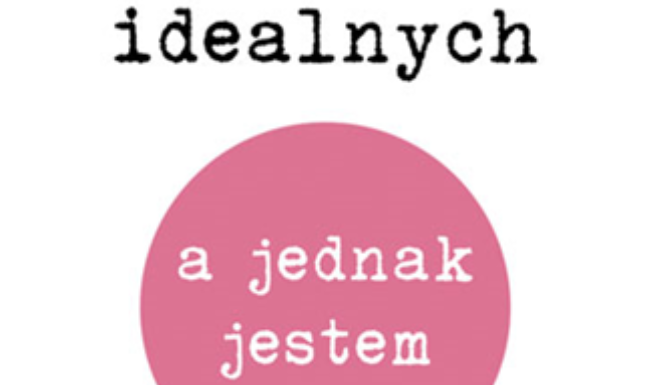

Source of the images (Defendants' posters were exact copies)
Especially concerning the first two short sentences – ‘My house, my rules’ and ‘Perfect people don’t exist, and yet here I am’ – one may wonder whether they are not too banal or trivial to qualify for copyright protection. Under European law, the question is whether there is ‘original subject matter which is the author’s own intellectual creation’ which ‘reflects the personality of its author, as an expression of his or her free and creative choices’. Perhaps not in this case.
The third sentence below reads ‘In our house, the patter of tiny feet can be heard in the morning. It always smells like delicious cake. We have lots of chores, lots of fun and lots of love.’ This sounds a bit more creative, but if you Google it, there appear to be countless different posters with this text for sale online. So maybe this phrase is not very original either.
So does the ‘simple graphics’ make it sufficiently creative? That, too, is doubtful.
The interesting part of the ruling is that a person making such an information request on origin and distribution has to demonstrate that he is a rightholder. ‘To lend credence’ is not enough. They must produce ‘any reasonably available evidence’ so that the court can ‘satisfy itself with a sufficient degree of certainty that the applicant is the rightholder’. That sounds rather obvious ('he who asserts, proves'), but it is potentially quite important, especially in times of artificial intelligence. You can argue that a picture or text is the result of your creativity, but maybe you copied it yourself or it comes from ChatGPT, DALL-E or MidJourney.
In this case, the plaintiff had only submitted ‘printouts of pages from her website showing items for sale in her online shops and sales invoices’ and nothing else. So that is clearly insufficient. The question then is what is required?
To prove that you are the rightholder, you may have to submit proof of the creation process and/or a signed statement by a natural person who designed the work, as well as carefully indicating and substantiating that it is a human intellectual creation reflecting the personality of the creator and that you are the rightholder.
Evidentiary presumptions in favour of someone listed as the creator, publisher or printer of a work as contained in Sections 4 and 9 of the Dutch Copyright Act and Section 15 of the Berne Convention were not at issue in this case. There was no such indication on the posters at issue. The main problem here was that very little creativity was involved. Without a protected work, there can be no rightholder.
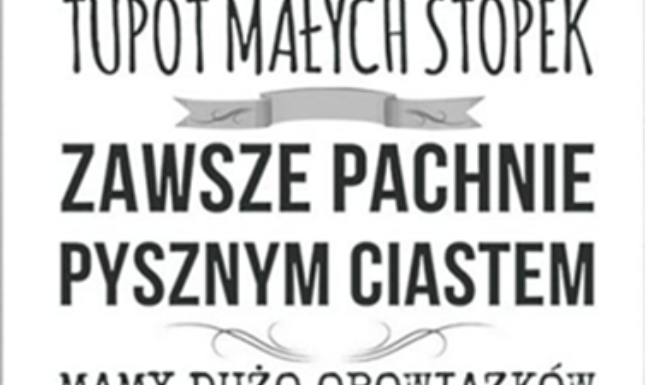

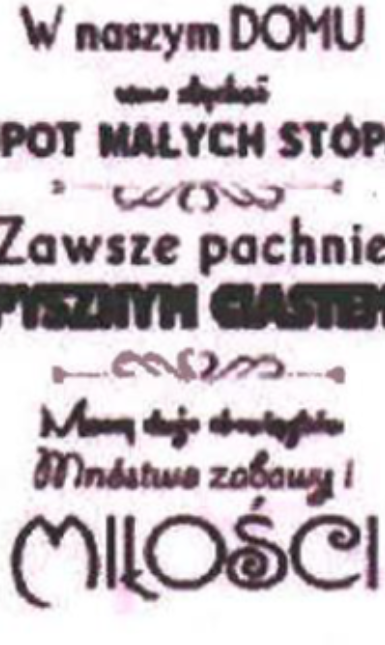

‘In our house, the patter of tiny feet can be heard in the morning. It always smells like delicious cake. We have lots of chores, lots of fun and lots of love.’
(First the original, second the attacked version in different layout as shown in the decision of the Polish court).


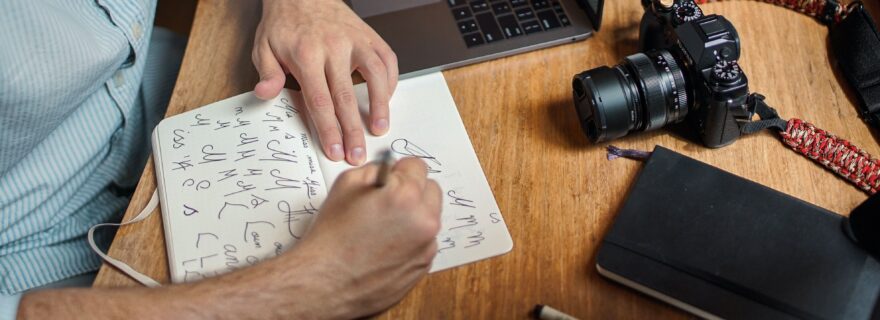
0 Comments
Add a comment